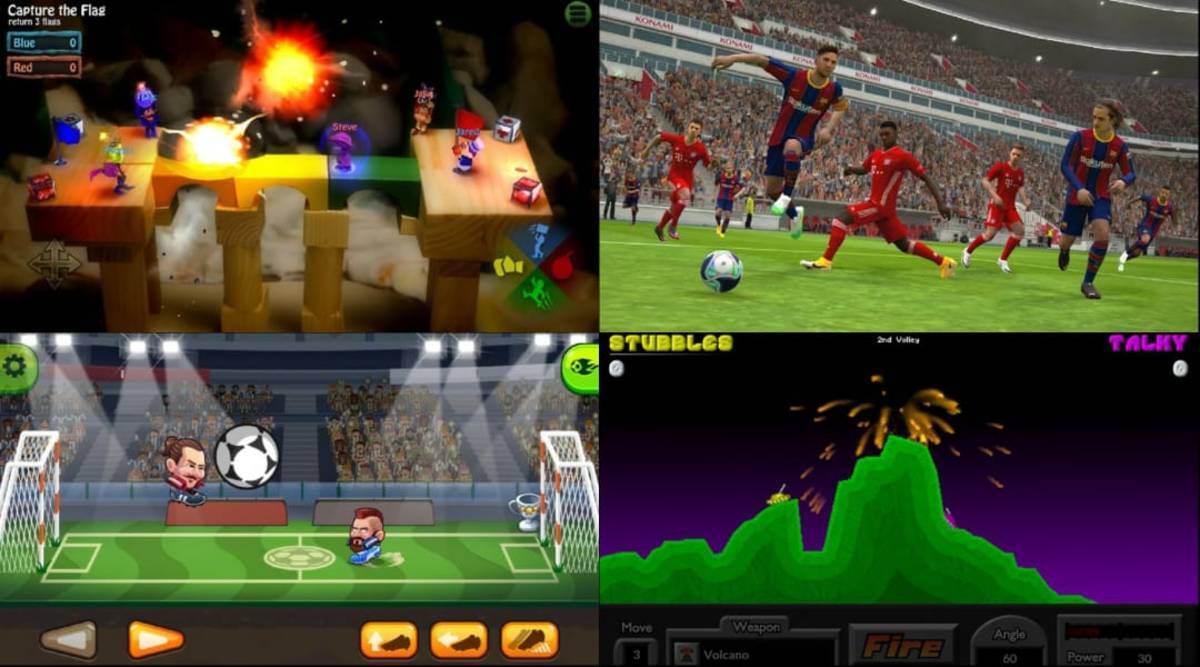If you’re a live streamer or a hard-core gamer, then your desktop or laptop tends to overheat and shut down. Overheating can affect both your device’s lifespan and performance, so you should do everything in your power to keep your laptop cool. Below is a simple guide that will teach you what to do to keep your gaming device running at lower temperatures.
Signs Your Laptop Is Overheating
Your laptop will most likely overheat if it keeps on running and has parts that use too much juice. But here are the clear signs that your laptop is overheating:
- Even if you’re watching videos or browsing the web, you should be mindful because your laptop can still overheat. Suppose you notice that the fans are spinning faster than usual and your device is getting warmer. That’s a sign that the computer is overheating.
- One day you see that your laptop has regular FPS drops or hangs more often. This drop is another sign that might indicate your device has significantly lost its performance. It can happen due to the GPU or CPU shutting down when the temperature is too high.
- You should also look out for increased power consumption. That’s because it can be a sign of excessively high temperatures since hardware components running hot will automatically draw more power.
How to Keep Your Device Safe While Playing
You can find different ways to prevent the risks of overheating, both at the software and hardware level. Some solutions are simple, but others will require a few technical skills. In short, you should be able to control your gaming device’s temperatures efficiently while playing.
If you’re not comfortable handling the technical stuff, you should let a professional check it for you. You can visit a computer repair store in your area and let them handle repairs or upgrades. Follow these tips to keep your gaming laptop cool so that you can play your favorite games without any worries:
Tip #1: Check Your Device’s Fans Beforehand
First and foremost, you should check your fans to avoid overheating problems. In the latest devices, manufacturers have installed multiple fans, offering efficient airflow and cooling. If one of the fans malfunctions, it’ll affect the device’s entire cooling performance. You should look out for the signs that your fans aren’t functioning correctly:
- Total Silence: Your fans will not keep quiet when under load or overheating. If you notice that one of the fans is quiet while you’re using your device, it’s most likely defective. You should have it replaced.
- Rattling: Defective fans make a lot of grinding or rattling noises before it stops working. If you hear those kinds of noises, they might not be working correctly.
Tip #2: Look For a Suitable Gaming Surface
Next, avoid playing on your bed. Instead, place your laptop on a solid surface, especially if you’re using high-performance applications. Most soft surfaces like your legs, pillows, or blankets lessen proper ventilation. Hence, significantly affecting cooling.
You should raise the device’s rubber feet on hard surfaces so that the ventilation slots can still absorb sufficient air. Before you start playing, run the temperature tests on a suitable surface.
Tip #3: Use a Cooling Pad for Your Device
Your gaming laptops perform intensively. Using cooling pads for your device is a cheap way to maintain lower temperatures. These pads will help the external fans in controlling the temperatures. Put the pads underneath your laptop and connect them via USB.
Most laptops push warm air out the sides and suck in cold air below, while others do the opposite. If the device pushes warm air from below, heat can build up. That obstructs the device. Make sure to check how your device handles airflow.
Tip #4: Keep the Laptop Case and Fan Clean
If your fans are working correctly, you should keep them clean. With older units, thick layers of dust accumulate over time. That can hinder the cooling performance. If the ventilation grills or cooling fins are full of dust, it affects the temperature. Other devices have pull-out dust filters for the ventilation slots.
That allows you to clean them regularly and easily. But that’s rare. This tip works differently depending on the device, so make sure to learn about your laptop if you’re not confident of what you’re doing.
If you see a thin layer of dust inside the laptop, you can get rid of it by using a little compressed air, a vacuum cleaner with a thin attachment, or cotton swabs. You can’t stop your device from accumulating dust. Hence, you should clean them regularly.
Tip #5: Replace Worn-Out Thermal Grease
You should also consider replacing the thermal grease on your laptop if it looks terrible and worn out. However, this trick is only applicable if your CPU doesn’t have problems. With older units, the thermal grease might have lost its efficiency and dried up over time. If you can access your CPU, clean the cooler and replace the paste with a better one.
Doing that will maintain the temperatures, but it still requires more technical skills. The same applies to the GPU because you can also replace the thermal grease.
Tinkering with your laptop is more complicated than with a computer. If none of these tricks help, one of the hardware parts might have stopped working. That said, have the device repaired by an expert instead of doing it by yourself.
